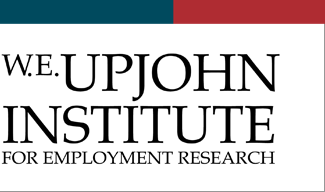The Distributional Effects of Firm Demand Changes: Evidence from U.S. Linked Worker-Owner Data
Publication Date
4-8-2025
Grant Type
Early Career Research Award
Description
This project analyzes the distributional incidence of firm-level demand shocks using novel U.S. administrative data linking firms, workers, and owners. We use export demand variation and value-added innovations as quasi-experimental firm demand shocks. Our preliminary analysis shows that the incidence of these shocks—that is, which individuals benefit or lose when demand changes—is highly skewed. Individuals in the top 1% of the income distribution receive 30-60% of incidence, while those in the bottom 50% receive less than 15%. The reason for this unequal distribution is that firm owners bear most of the incidence and are frequently in the top of the distribution. However, the incidence is asymmetric for positive versus negative demand changes. While workers receive a small share of the benefits of positive firm shocks, they bear a larger share of the losses from negative shocks. These findings suggest that the incidence of several firm-level government policies is highly unequal. Additionally, the asymmetry result presents a puzzle for standard models of rent-sharing and firm insurance, which predict symmetric responses to positive and negative demand changes.

